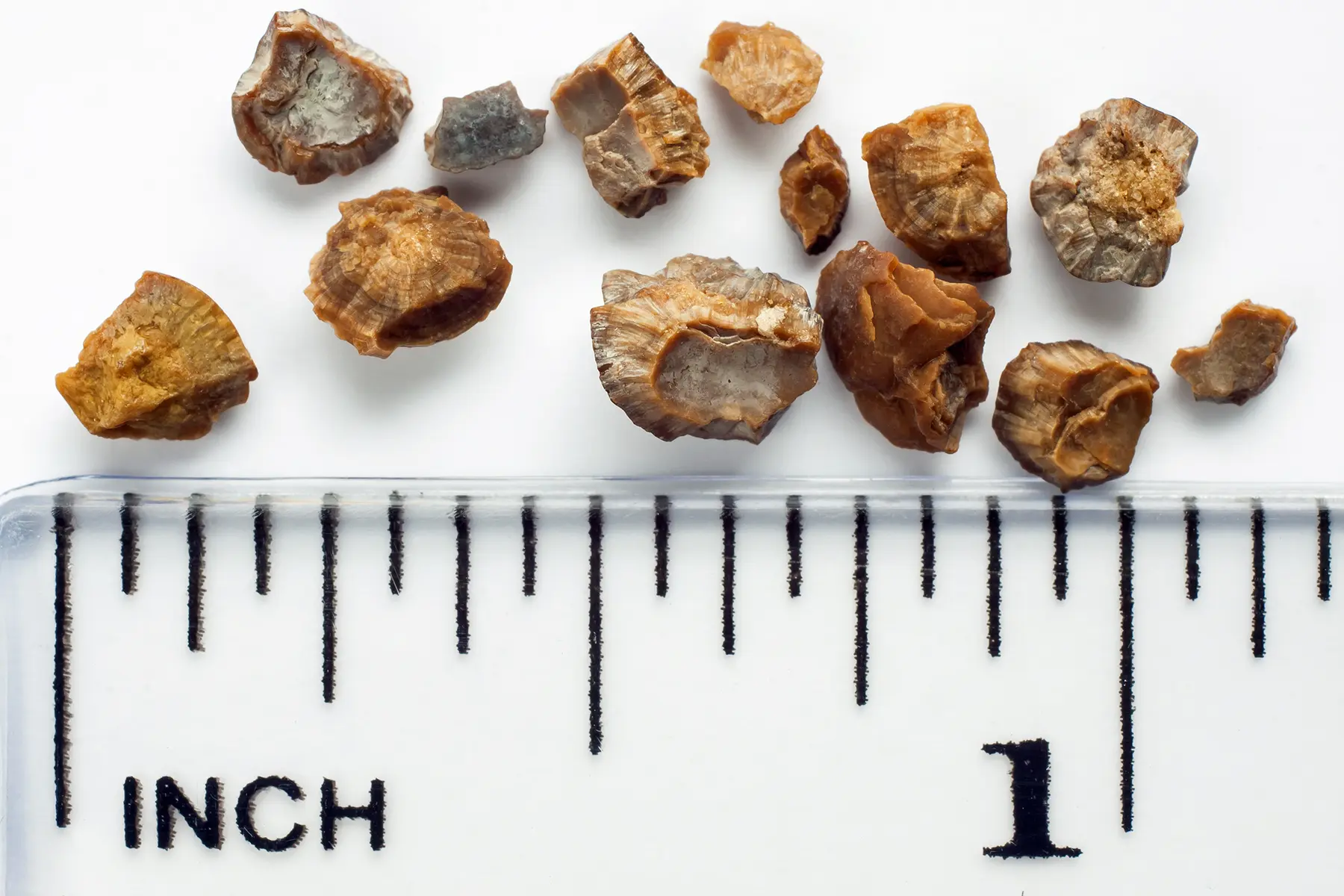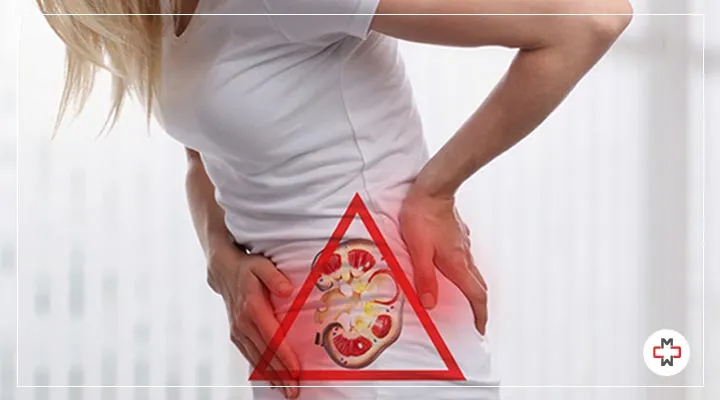An Extensive Analysis of Treatment Options for Kidney Stones Versus Urinary System Infections: What You Required to Know
The difference in between therapy choices for kidney stones and urinary tract infections (UTIs) is critical for effective patient monitoring. While UTIs are typically resolved with anti-biotics that give quick relief, the method to kidney stones can differ dramatically based upon individual factors such as stone dimension and structure. Non-invasive methods like extracorporeal shock wave lithotripsy (ESWL) might appropriate for smaller stones, yet bigger or obstructive stones often call for even more invasive strategies. Recognizing these nuances not only educates scientific decisions yet likewise enhances patient outcomes, welcoming a better evaluation of each condition's therapy landscape.
Recognizing Kidney stones
Kidney stones are tough down payments formed in the kidneys from minerals and salts, and comprehending their make-up and development is essential for efficient monitoring. The primary types of kidney stones consist of calcium oxalate, calcium phosphate, struvite, uric acid, and cystine stones, each with distinctive biochemical origins.
The formation of kidney stones happens when the focus of particular materials in the urine enhances, causing formation. This formation can be affected by urinary system pH, quantity, and the presence of inhibitors or promoters of stone formation. Reduced pee volume and high level of acidity are favorable to uric acid stone advancement.
Comprehending these aspects is crucial for both avoidance and therapy (Kidney Stones vs UTI). Reliable monitoring approaches might consist of nutritional adjustments, boosted liquid intake, and, sometimes, pharmacological interventions. By recognizing the underlying causes and kinds of kidney stones, doctor can apply customized techniques to reduce reoccurrence and improve patient end results
Review of Urinary System Tract Infections
Urinary system infections (UTIs) are usual bacterial infections that can affect any component of the urinary system, consisting of the kidneys, ureters, bladder, and urethra. The majority of UTIs are brought on by Escherichia coli (E. coli), a kind of germs typically found in the intestinal tracts. Ladies are much more susceptible to UTIs than males because of anatomical distinctions, with a shorter urethra helping with easier microbial access to the bladder.
Signs and symptoms of UTIs can vary depending on the infection's area however often consist of frequent peeing, a burning feeling during peeing, strong-smelling or over cast urine, and pelvic discomfort. In much more extreme situations, especially when the kidneys are included, signs and symptoms might additionally include fever, chills, and flank pain.
Threat factors for establishing UTIs consist of sex-related task, certain types of birth control, urinary system problems, and a damaged immune system. Prompt treatment is vital to protect against complications, including kidney damage, and usually entails anti-biotics customized to the specific bacteria involved.
Treatment Options for Kidney stones

If the stones are larger or trigger significant discomfort, non-invasive procedures such as extracorporeal shock wave lithotripsy (ESWL) might be used. This strategy utilizes acoustic waves to break the stones right into smaller sized fragments that can see page be much more easily passed through the urinary system.
In situations where stones are too large for ESWL or if they block the urinary system tract, ureteroscopy may be suggested. This minimally intrusive treatment includes using a small extent to break or get rid of up the stones directly.

Treatment Options for UTIs
Just how can medical care suppliers successfully deal with urinary system infections (UTIs)? The main approach entails a complete evaluation of the client's signs and symptoms and case history, adhered to by proper diagnostic screening, such as urinalysis and urine society. These tests help recognize the causative virus and identify their antibiotic susceptibility, leading targeted therapy.
First-line therapy normally includes anti-biotics, with options such as nitrofurantoin or trimethoprim-sulfamethoxazole, relying on local resistance patterns. For straightforward situations, a brief program of anti-biotics (3-7 days) is typically enough. In frequent UTIs, service providers might consider preventative antibiotics or alternate strategies, consisting of lifestyle adjustments to reduce danger aspects.
For patients with challenging UTIs or those with underlying wellness issues, a lot more hostile therapy may be required, possibly entailing intravenous antibiotics and additional analysis imaging to analyze for complications. Furthermore, individual education and learning on hydration, hygiene practices, and sign administration plays a crucial role in prevention and reoccurrence.
Contrasting Outcomes and Effectiveness
Evaluating the outcomes and effectiveness of therapy alternatives for urinary system system infections (UTIs) is crucial for maximizing person treatment. The main treatment for uncomplicated UTIs generally involves antibiotic therapy, with alternatives such as fosfomycin, trimethoprim-sulfamethoxazole, and nitrofurantoin. Researches suggest high effectiveness rates, with the majority of individuals experiencing sign relief within 48 to 72 hours. Nonetheless, antibiotic resistance is an expanding issue, necessitating mindful choice of antibiotics based upon regional resistance patterns.
In contrast, treatment end results for kidney stones vary substantially based on stone dimension, composition, Get More Information and place. Choices vary from conservative administration, such as hydration and discomfort control, to interventional treatments like extracorporeal shock wave lithotripsy (ESWL) and ureteroscopy. While ESWL has a high success rate for smaller stones, difficulties can arise, requiring additional treatments.
Ultimately, the effectiveness of treatments for both problems pivots on exact diagnosis and customized approaches. While UTIs typically respond well to anti-biotics, kidney stone monitoring may require a multifaceted technique. Constant analysis of therapy end results is critical to improve client experiences and minimize reoccurrence prices for both UTIs and kidney stones.
Final Thought
In summary, treatment strategies for kidney stones and urinary tract infections vary substantially due to the unique nature of each condition. Non-invasive approaches such as extracorporeal shock wave lithotripsy are ideal for smaller stones, whereas bigger or obstructive stones might need ureteroscopy.
While UTIs are usually addressed with antibiotics that give fast relief, the strategy to kidney stones can vary dramatically based on private factors such as stone size and make-up. Non-invasive techniques like extracorporeal shock wave lithotripsy (ESWL) may be ideal for smaller stones, yet larger or obstructive stones typically require even more invasive strategies. The primary kinds of kidney stones consist of calcium oxalate, calcium phosphate, struvite, uric acid, and cystine stones, each with distinctive biochemical origins.In comparison, treatment end results for kidney stones differ significantly based on stone size, structure, and location. Non-invasive approaches such as extracorporeal shock wave lithotripsy are appropriate browse this site for smaller sized stones, whereas larger or obstructive stones might require ureteroscopy.
Comments on “Kidney Stones vs UTI: Recognizing the Overlapping Effects and Therapy Methods”